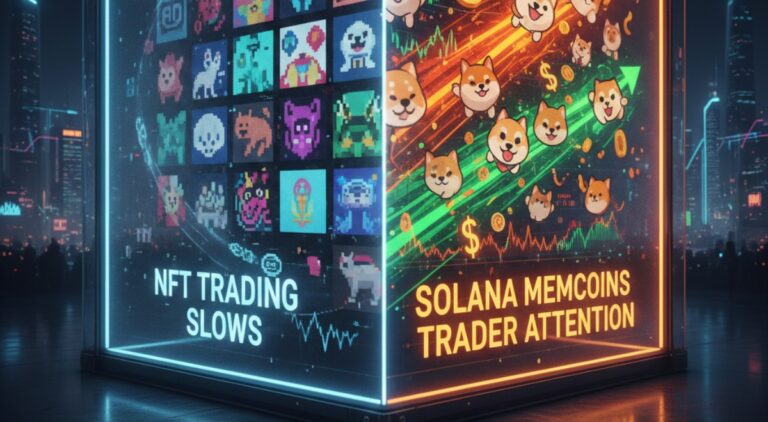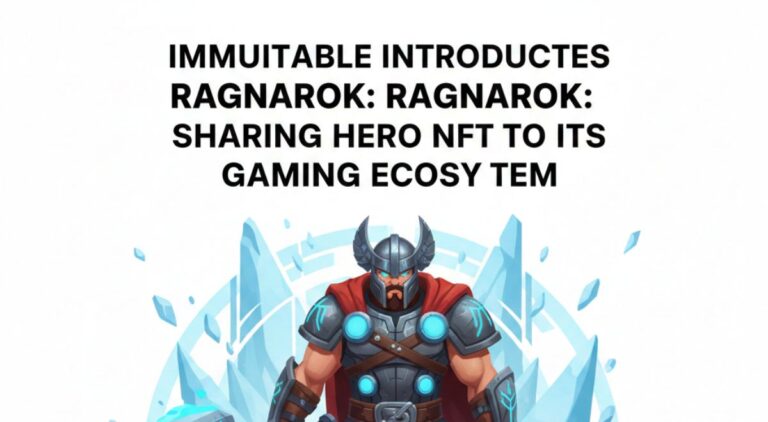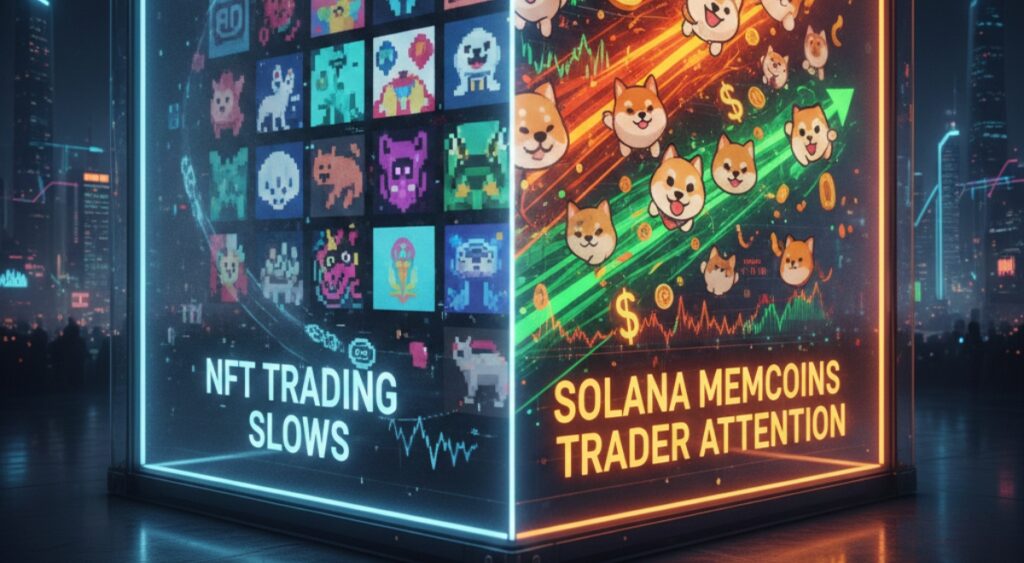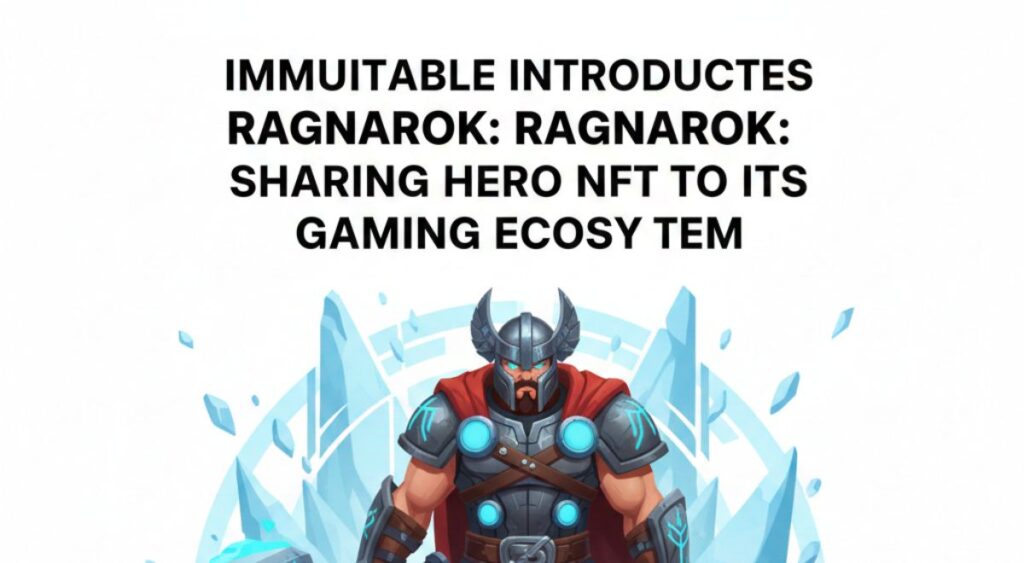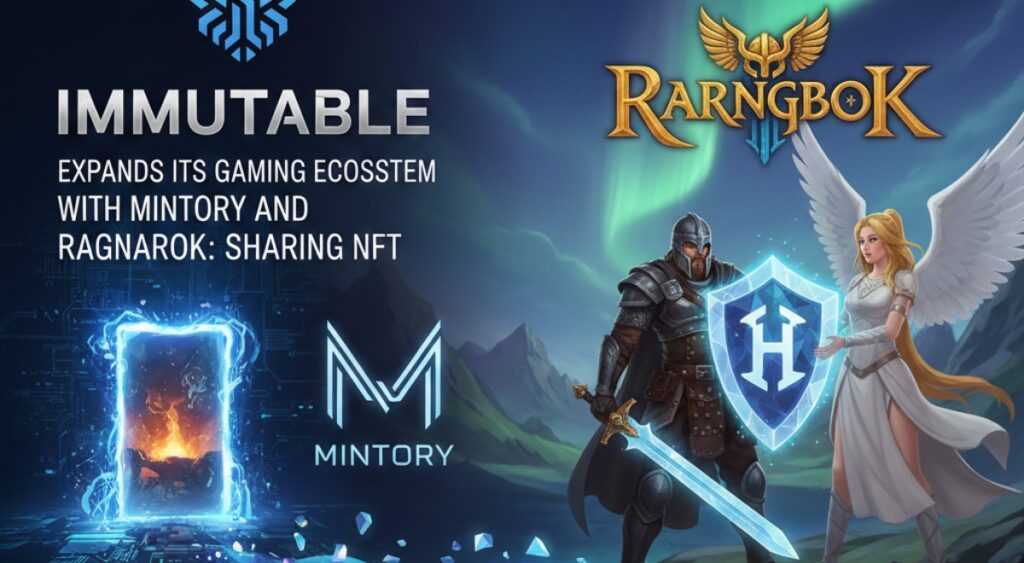The Inadvertent Conversion: NFT Turns into a Meme Currency
After his NFT project, which was supposed to serve as a documentation tool for a significant inquiry, suddenly became a $15 million meme coin, blockchain investigator ZachXBT has been the focus of a contentious dispute. On the Base network, a minting operation using the Zora protocol unintentionally produced a marketable ERC-20 token.
A Minting Error: The Origin of the Controversy
ZachXBT archived his findings of a $243 million theft involving a Genesis creditor using open-edition NFTs created via the Zora protocol. His goal was solely archival, offering free digital items that might be stored on the blockchain indefinitely. He was unaware, though, that the platform’s interface would produce an ERC-20 token on its own, turning his NFTs into liquid assets that could be traded on decentralized exchanges such as Uniswap.
On X (previously Twitter), ZachXBT voiced his worries and criticized the platform’s user interface for lacking transparency. He posted screenshots showing that there are no cautions regarding the automatic generation of marketable tokens. The investigator threatened to undermine the value of the NFT artwork by flooding the market with more mints or replacing it with a blank image if rumors about his work persisted.
The Part Zora Protocol Played in the Event
NFTs can be wrapped as ERC-20 tokens thanks to the Zora protocol, which just released the ERC-20z standard. Through the creation of marketable tokens at the time of minting, this feature streamlines liquidity for open-edition NFTs. Although authors looking for liquidity may find this innovation interesting, ZachXBT seems to have experienced unexpected outcomes as a result of the default settings.
He wasn’t expecting his research to be turned into a speculative meme coin, which caused the cryptocurrency community to react in different ways.
Market Cap of $15 million from Archival NFT
About 3,500 units were manufactured by the NFT mint, in addition to extra tokens that were automatically generated for a liquidity pool (LP). These tokens were made available on the Base network as a locked LP after the mint was over.
When cryptocurrency traders took note, the token’s market value, which was previously less than $10,000, skyrocketed to $15 million. This quick expansion generated both excitement and skepticism. In order to increase the token’s trading choices, a community of traders and meme makers formed, created social media accounts, and even connected the token to the Solana blockchain.
Reactions in the Community: Trust or Abuse?
Because it was linked to ZachXBT’s standing as a reliable blockchain investigator, the meme coin gained popularity. Crypto aficionados conjectured that Zora insiders used this reputation to their advantage.
Some users wondered if ZachXBT intentionally contributed to the creation of a marketable asset, while others saw the scenario as a cunning marketing ploy. Discussions over the moral ramifications of such automated liquidity solutions were stoked by the platform’s settings’ ambiguity.
Wider Consequences for DeFi and NFTs
Uncertain user interfaces and default settings that have the potential to inadvertently turn digital assets into speculative instruments are a rising problem in the NFT and decentralized finance (DeFi) domains, as this instance highlights. Platforms’ growing use of automated liquidity solutions puts authors at greater risk of their creations turning into unintended financial instruments.
This risk is best illustrated by ZachXBT’s case, which emphasizes the necessity of increased NFT protocol transparency to shield authors from situations like this.


